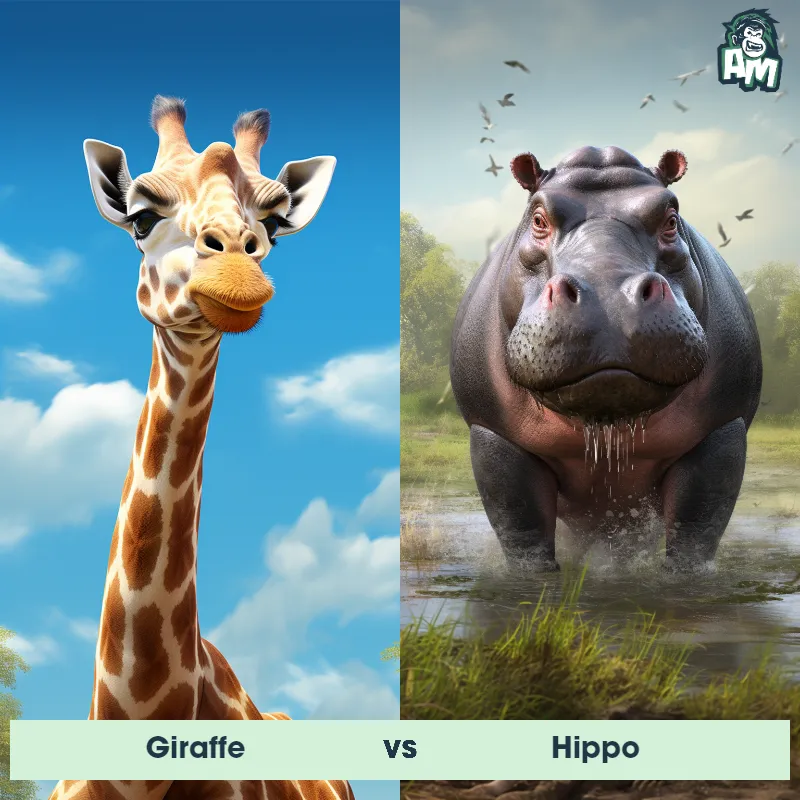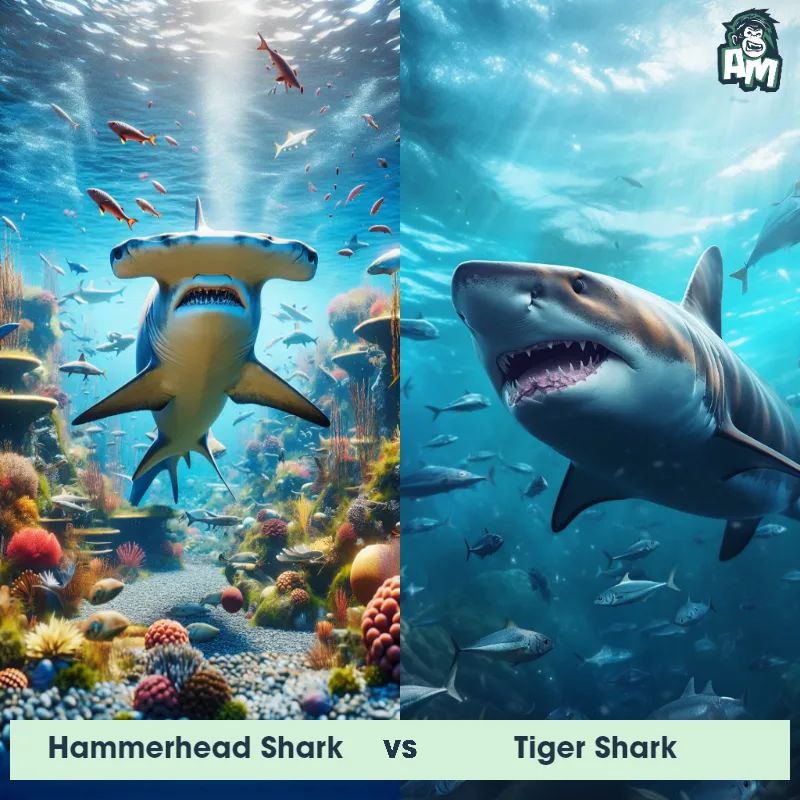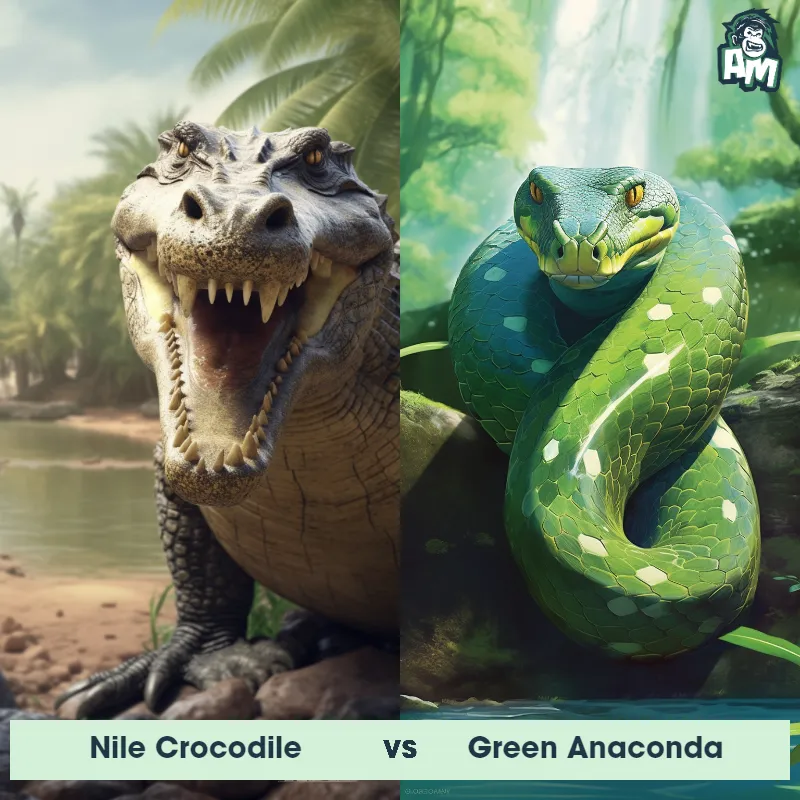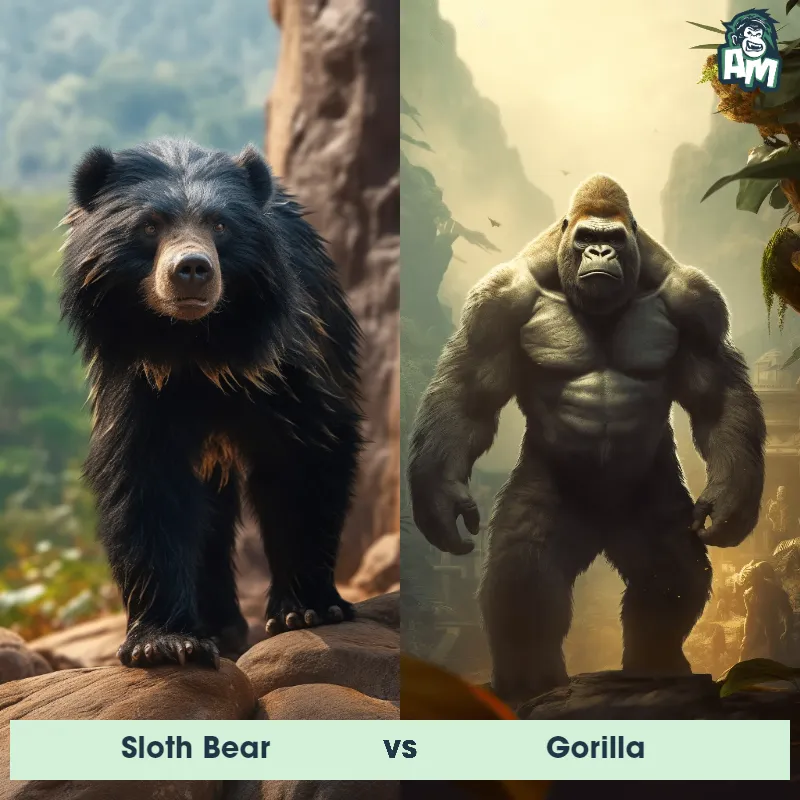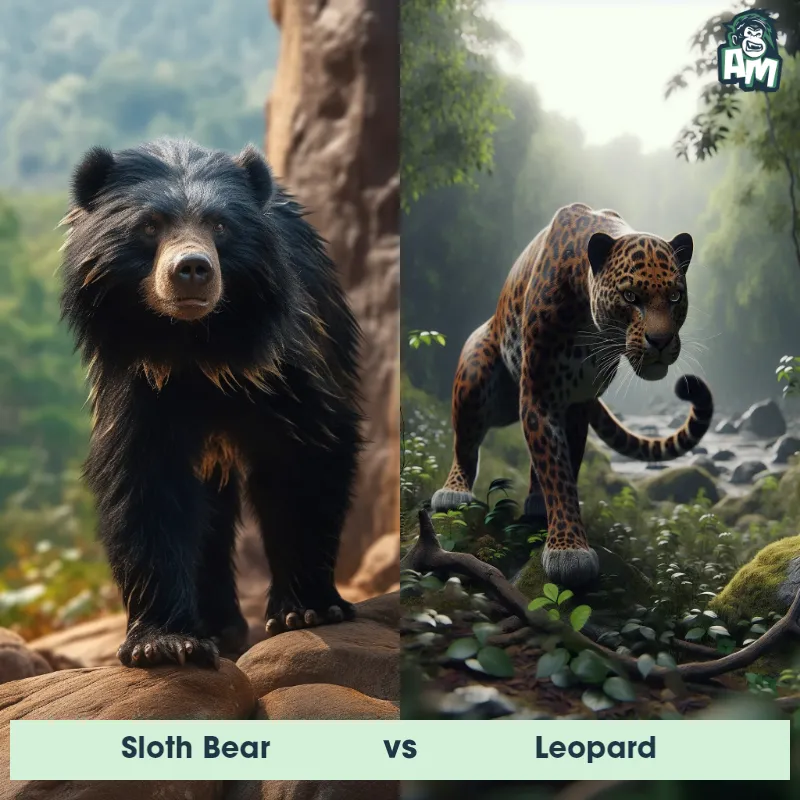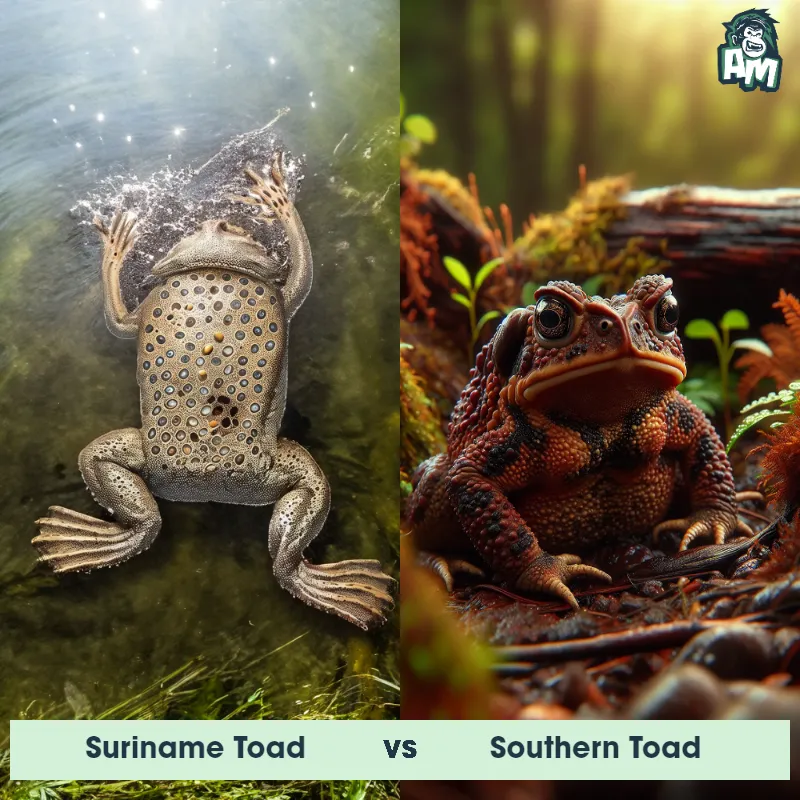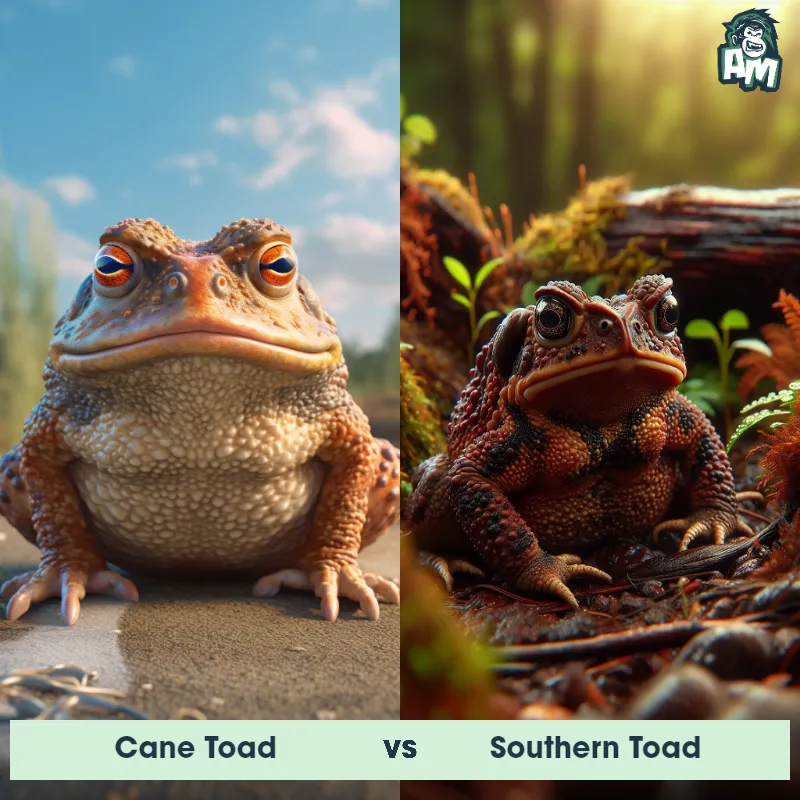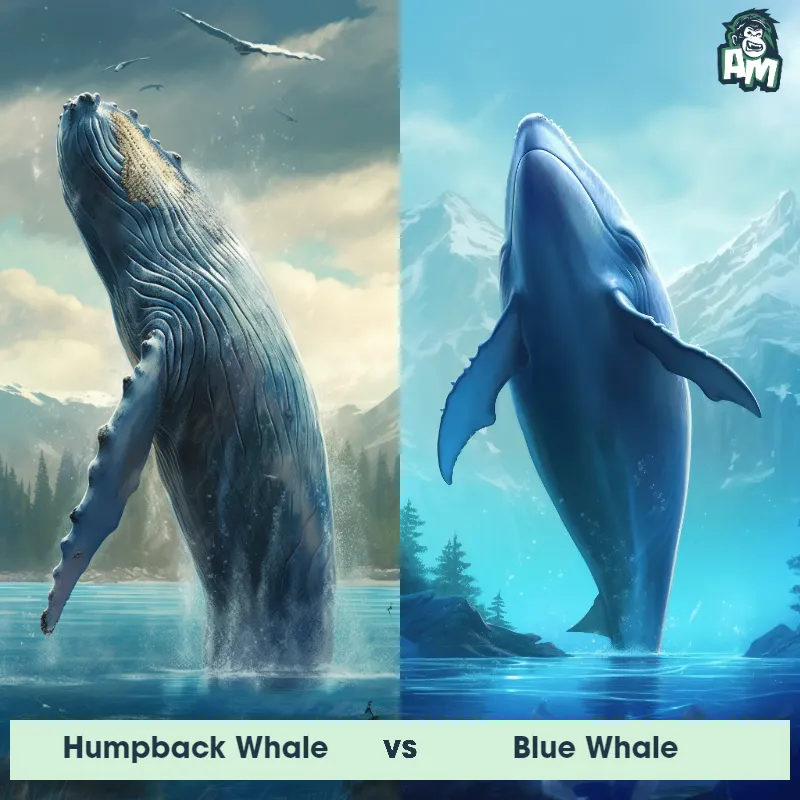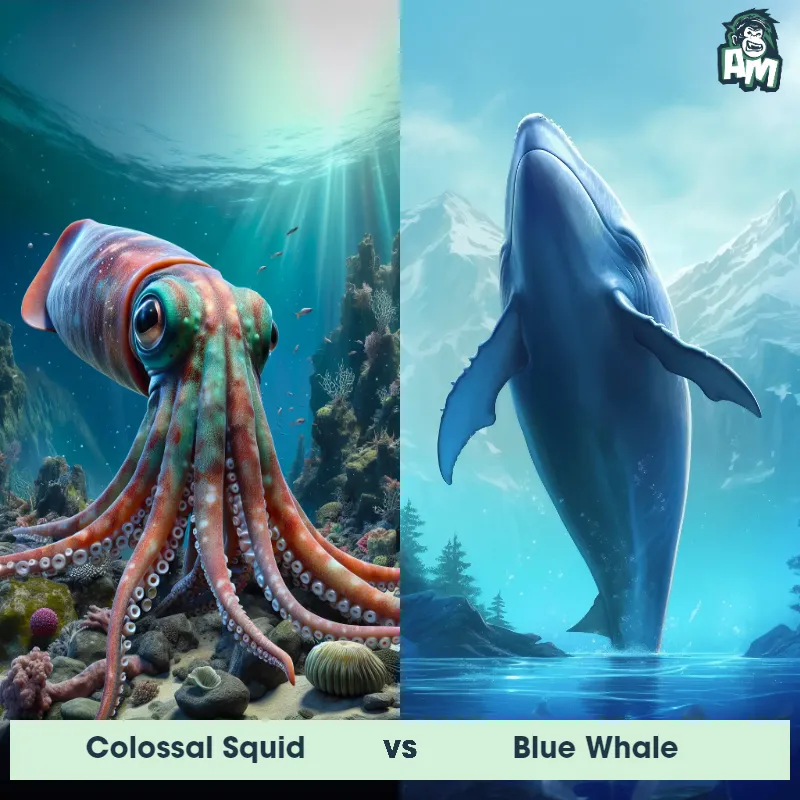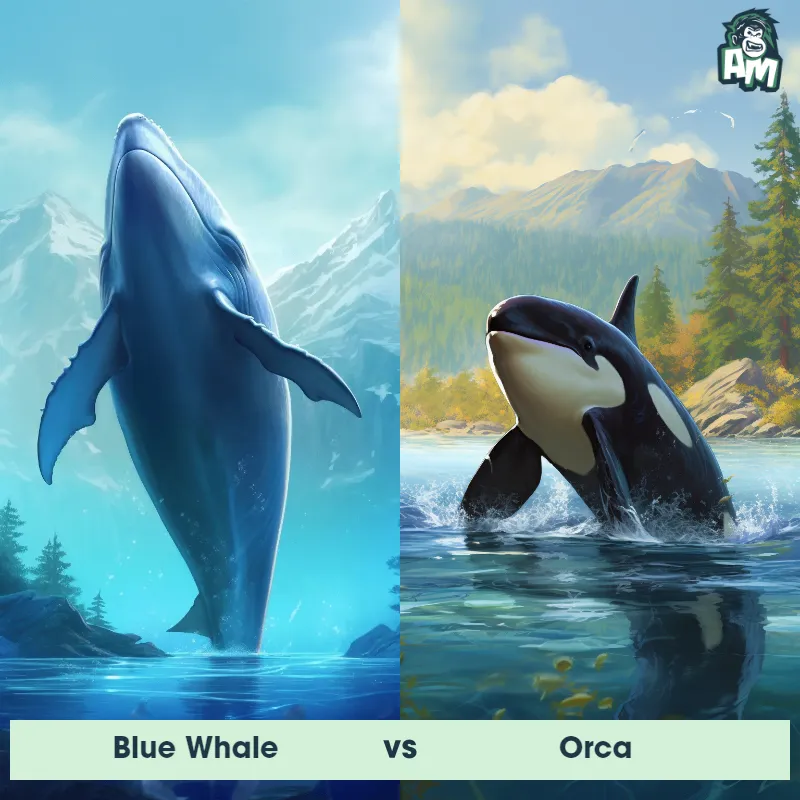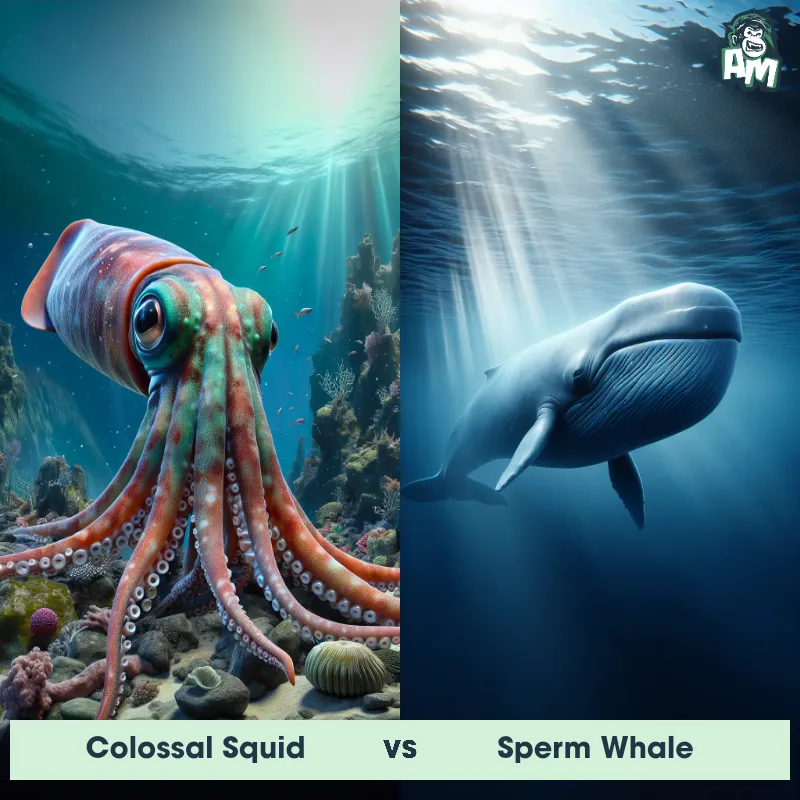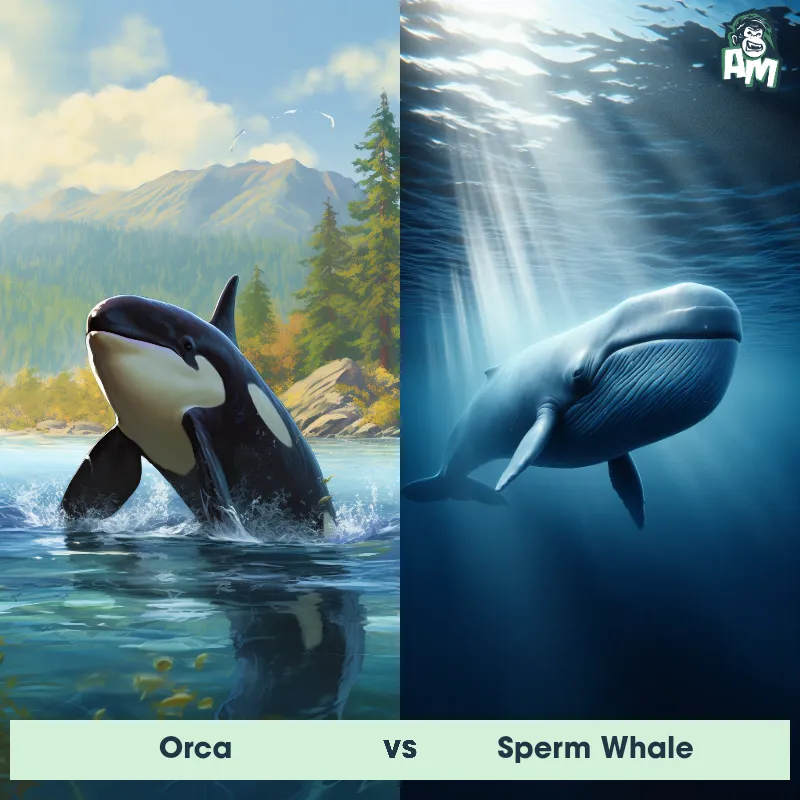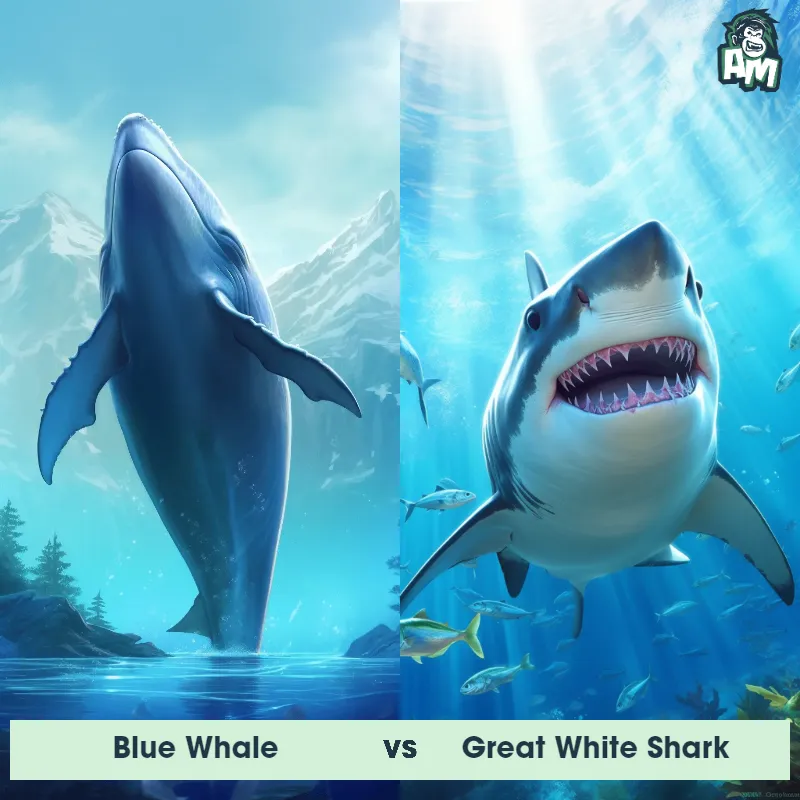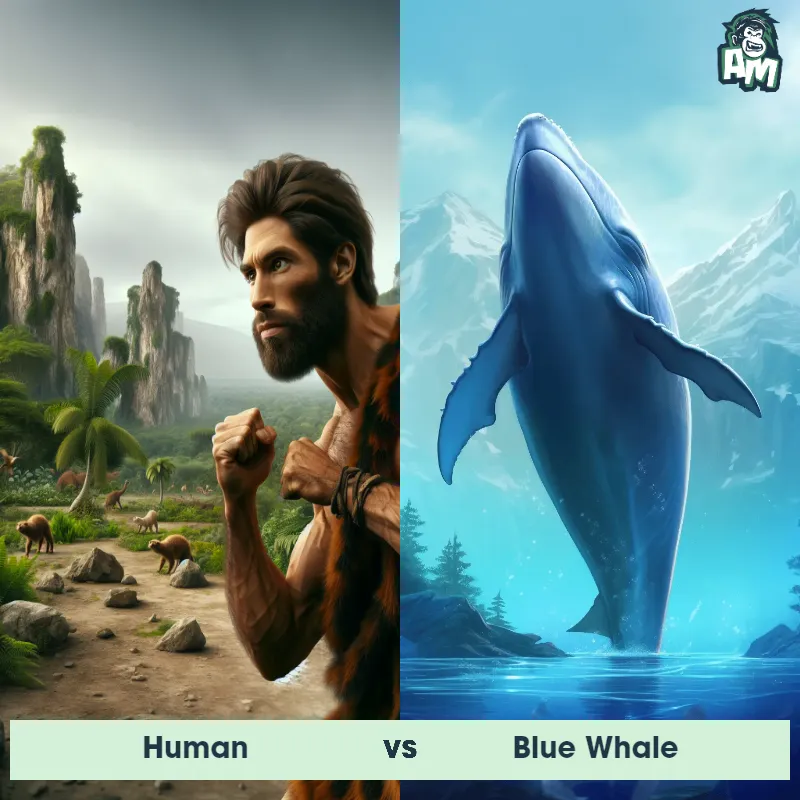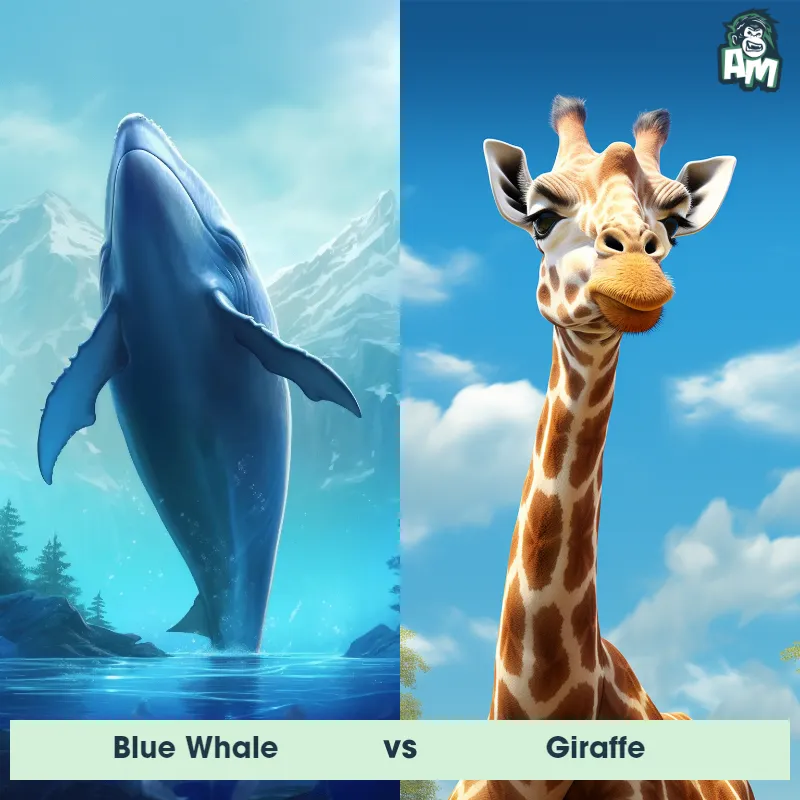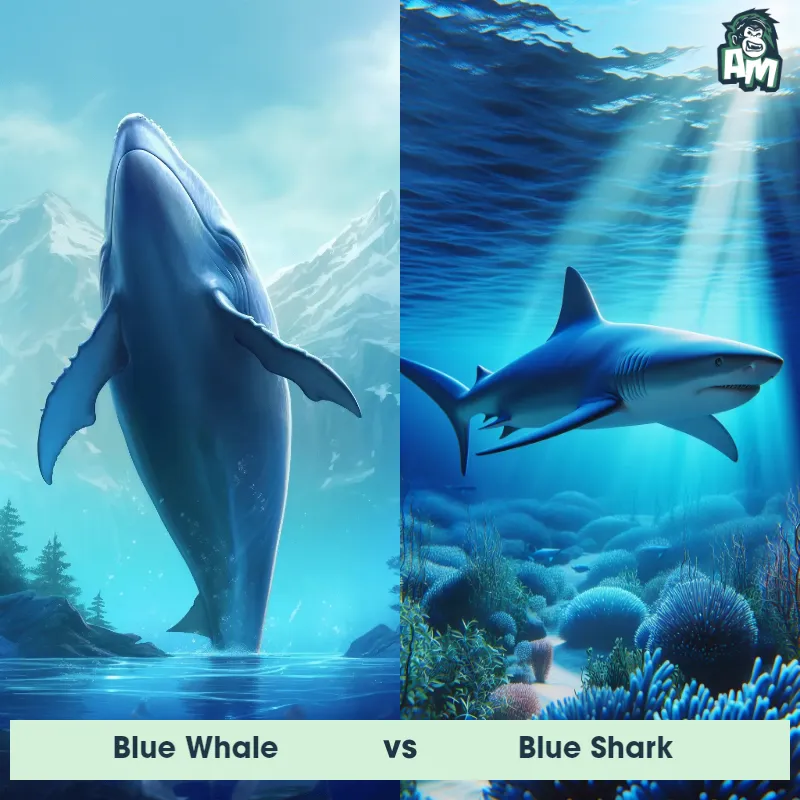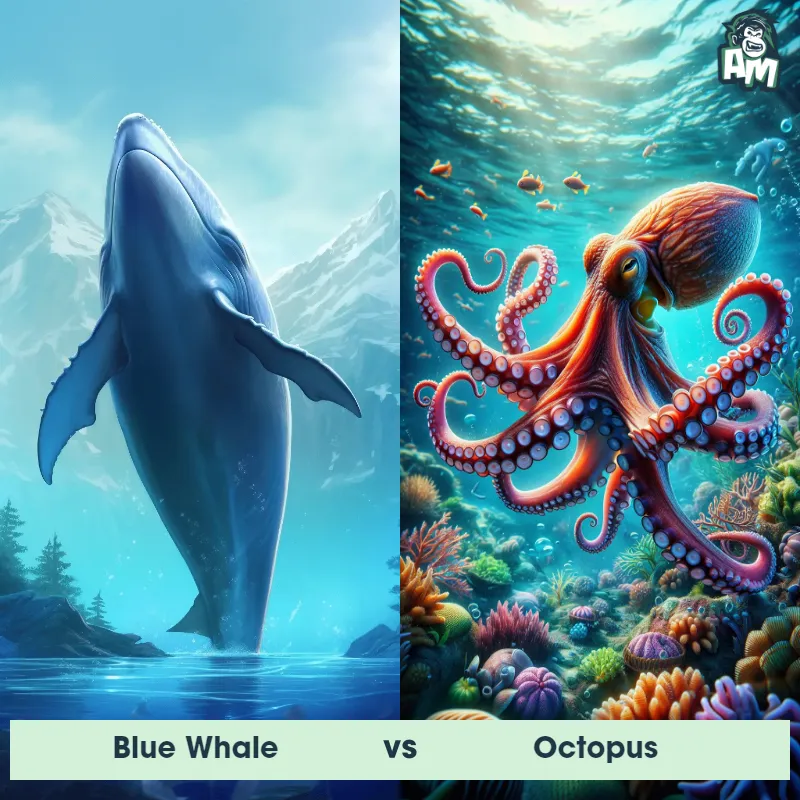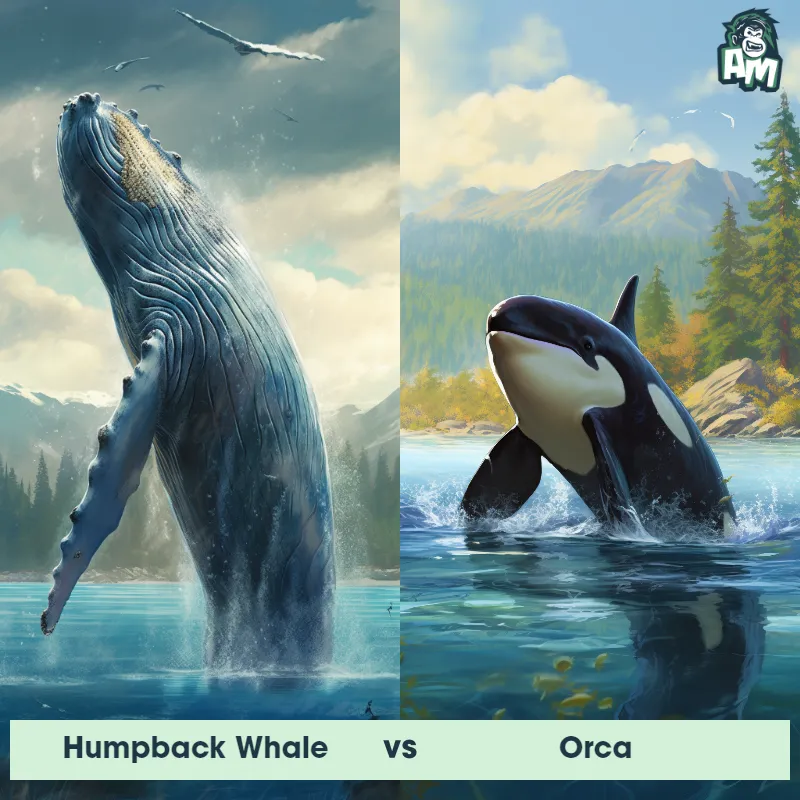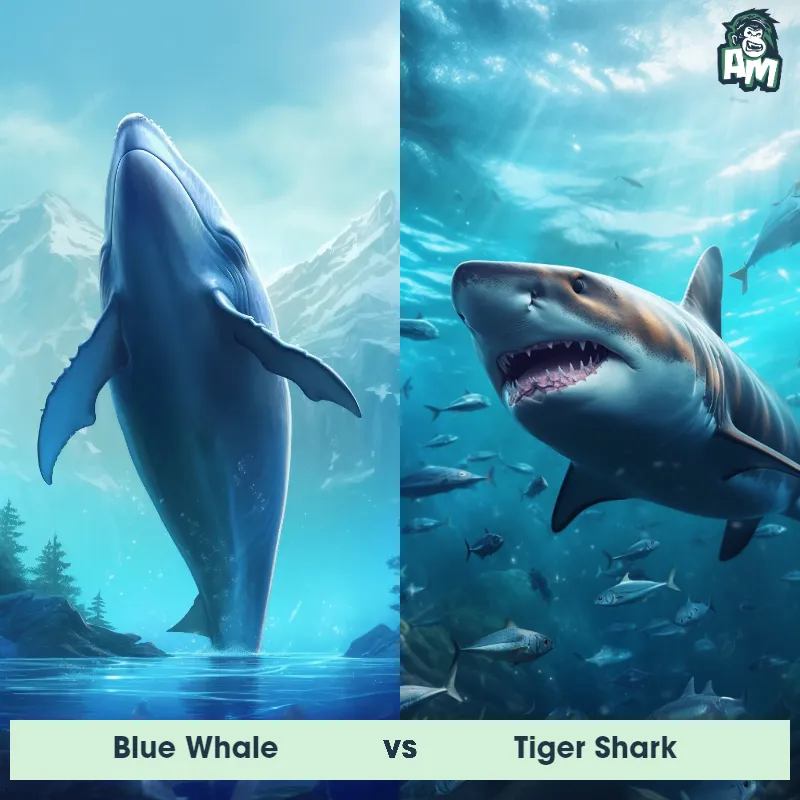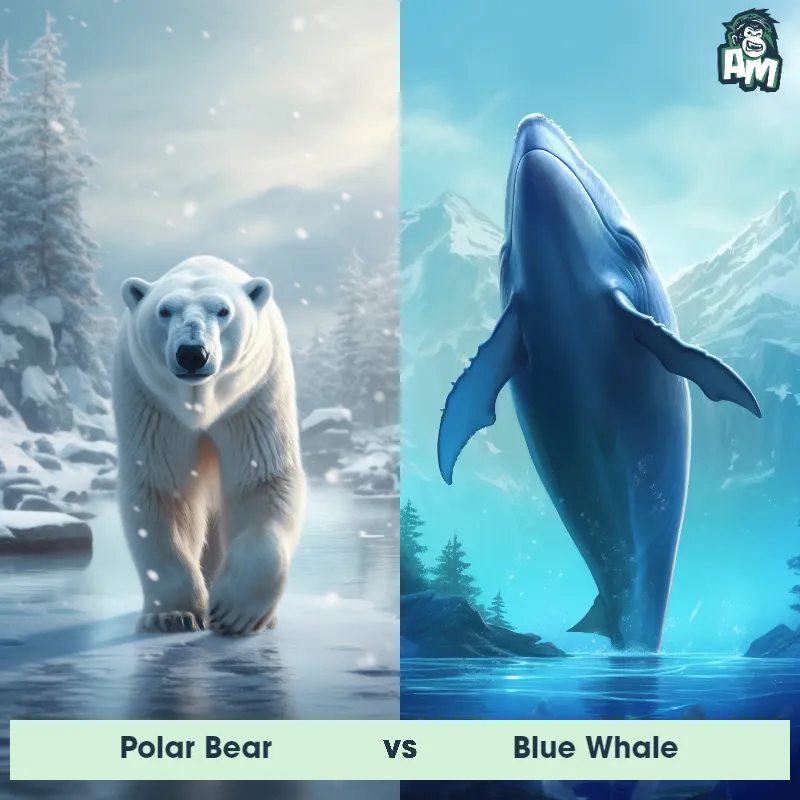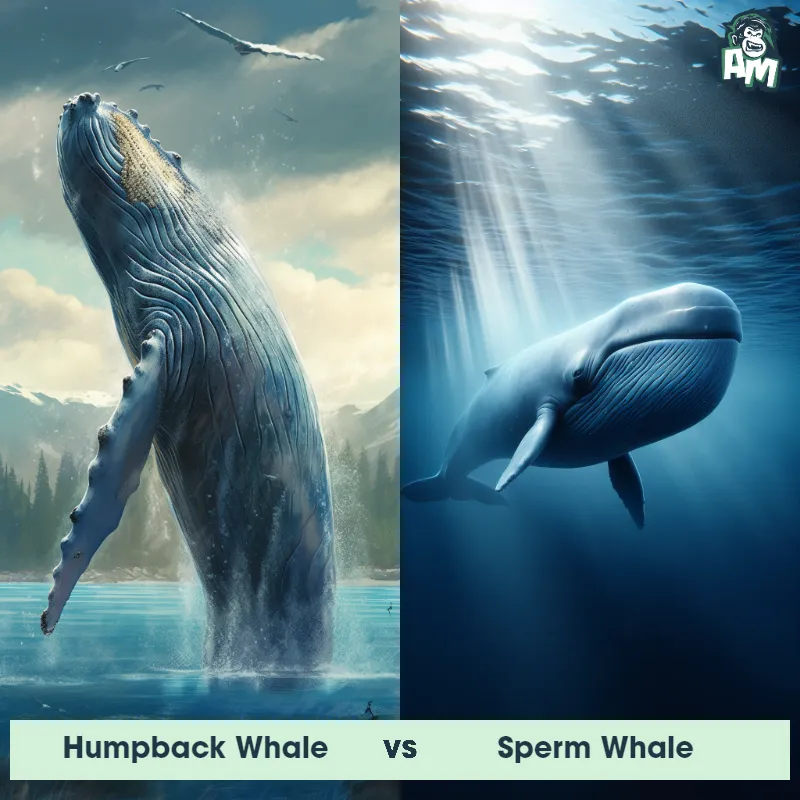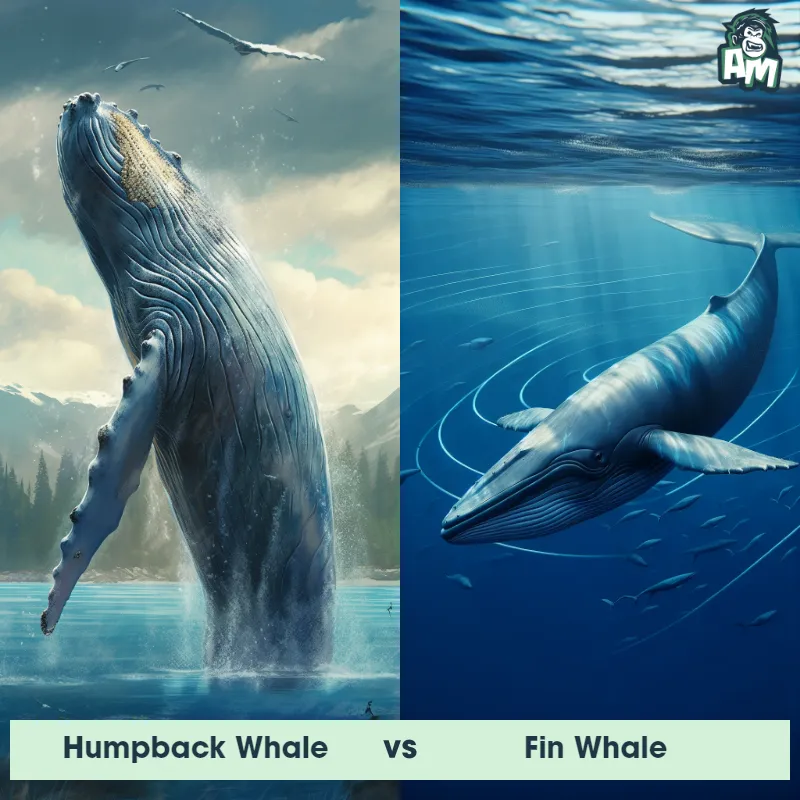Blue Whale vs Sperm WhaleSee Who Wins
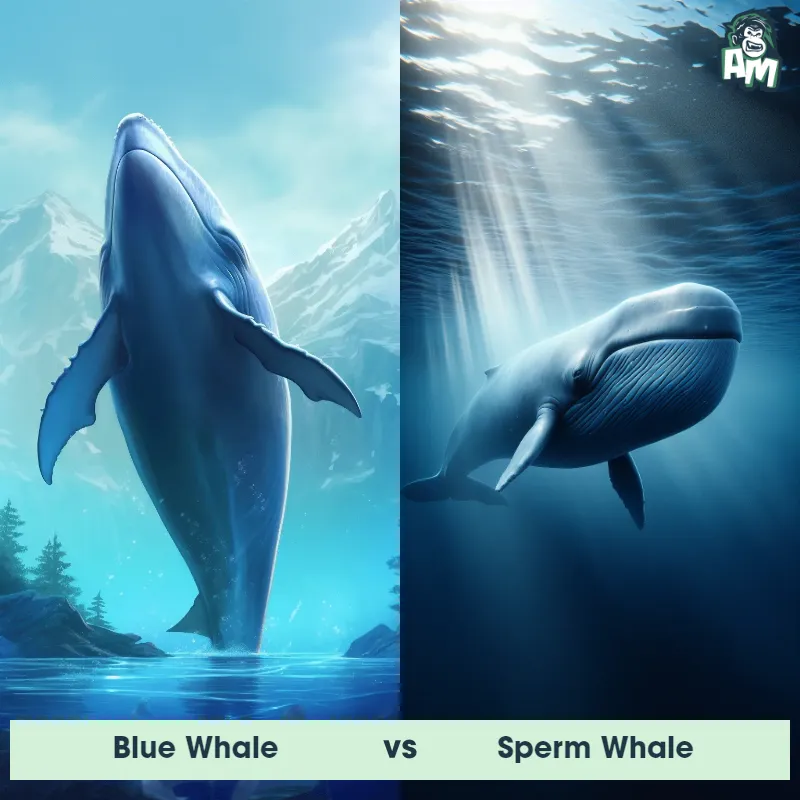
Ladies and gentlemen, welcome to this highly anticipated matchup in the deep blue sea! Today, we have a thrilling battle between two magnificent creatures, the Blue Whale and the Sperm Whale. These underwater giants will clash in a three-round fight, showcasing their immense power and strategic skills. Buckle up, because this is going to be one epic confrontation!
Contender 1: Blue Whale
The Blue Whale, also known as Balaenoptera musculus, is the largest animal on Earth, reaching lengths of up to 100 feet and weighing up to 200 tons. They have a long, streamlined body with a bluish-gray color and a small dorsal fin. Their diet consists mainly of krill, which they filter through their baleen plates. Blue Whales are known for their loud, low-frequency vocalizations, which can be heard for hundreds of miles.
Fun Fact: Blue Whales have the largest heart of any animal, weighing up to 1,000 pounds and being the size of a small car.
Contender 2: Sperm Whale
The Sperm Whale, scientifically known as Physeter macrocephalus, is the largest toothed predator in the world and can grow up to 60 feet long, making it one of the largest species of toothed whales. This magnificent creature has a distinct stocky body with a large, box-like head that can make up a third of its total length. They have a dark grayish-brown skin, wrinkled appearance, and a hump-shaped dorsal fin. Sperm Whales possess the largest brain of any creature on Earth and are known for their unique ability to dive to incredible depths, reaching up to 3,000 meters below the surface. They feed primarily on deep-sea cephalopods like giant squid and possess a row of conical teeth on their lower jaw.
Fun Fact: Sperm Whales produce the loudest sound in the animal kingdom. The clicking sounds they emit for echolocation purposes can reach a volume of around 230 decibels, which is equivalent to a jet engine at full throttle.
Matchup Stats
| Blue Whale | Sperm Whale | |
|---|---|---|
| Size | Up to 100 feet (30.5 meters) | Up to 60 feet (18 meters) long |
| Weight | Up to 200 tons (181 metric tons) | Up to 50 tons (45,359 kilograms) |
| Speed | Speed: 20 mph (32.19 km/hr) | 23 mph (37 km/h) |
| Key Strength | None | Strong and powerful tail for swimming and propelling through water |
| Biggest Weakness | Slow movement | Vulnerable to attacks on the surface due to slow speed |
Current Votes
Blue Whale vs Sperm Whale
See Who Wins
View More Matches
Looking For More?
Similar Matches
Scientific Stats
| Blue Whale | Sperm Whale | |
|---|---|---|
| Scientific Name | Balaenoptera musculus | Physeter macrocephalus |
| Family | Balaenopteridae | Physeteridae |
| Habitat | Open ocean | Deep ocean waters |
| Geography | Worldwide | Found in oceans worldwide, but mostly in tropical and temperate regions |
| Diet | Krill | Mainly deep-sea cephalopods like giant squid |
| Lifespan | 80 years - 90 years | 70 years - 90 years |
Key Differences between Blue Whale and Sperm Whale
- Coloration: The Blue Whale is predominantly grayish-blue in color, often with mottled or lighter patches, while the Sperm Whale has a dark-gray or brownish-gray body, sometimes exhibiting a wrinkled appearance.
- Teeth: One of the most distinct differences between the two species lies in their dentition. The Blue Whale has baleen plates instead of teeth, allowing it to filter feed on tiny plankton, while the Sperm Whale possesses a set of large, conical teeth in its lower jaw which are primarily used for hunting and capturing prey like giant squid.
- Dorsal fin: The Blue Whale possesses a relatively small, curved dorsal fin located towards the posterior end of its body, whereas the Sperm Whale lacks a prominent dorsal fin altogether.
- Body shape: The Blue Whale has a long, streamlined body with a slender throat, while the Sperm Whale has a more robust, bulky body with a distinctive, block-shaped head that can occupy up to one-third of its total length.
- Blowhole position: Positioned on top of their heads, the Blue Whale has a single blowhole, which produces a vertical spout when exhaling, while the Sperm Whale has a single blowhole that is located on the left side of its enormous head, resulting in a more oblique, diagonal spout.
- Size: The Blue Whale holds the title for being the largest animal on Earth, reaching lengths of up to 98 feet, whereas the Sperm Whale is significantly smaller, with males averaging around 52 feet in length.




